The Resilience and Security Institute
How might we help build a resilient and secure world?

What is resilience?
The concept of resilience is widely applied to in several fields. Definitions can differ between sectors and disciplines.
It is generally understood that resilience is the capacity of a system to cope with shocks, disturbances or stressors, responding or adapting in ways that sustain their essential function, identity, and structure, while enhancing the capacity for adaptation, learning, and transformation.
Resilience is about surviving and thriving before, during and after adversity.
Resilience is a set of principles, methodology and toolkit, concerned with addressing disruptive events in a system-centric way.
The Resilience and Security Institute makes use of high levels of specialism and collaboration between different disciplines across technology and management and works with policymakers and practitioners to understand and address local, regional and national resilience challenges.
Hear from Cranfield experts...


Resilience requires both proactive and reactive strategies
Government and organisations often only focus on resilience during or immediately following a crisis — with the Covid‑19 pandemic being one of the most extreme examples. In addition to this reactive approach, a proactive approach is becoming ever more urgent to build the capability to anticipate and prepare for intractable challenges (climate change, diversity, poverty, ageing population etc.) and sudden disruptions (terrorism, cyber-attack, extreme weather event, pandemic etc.). Resilience requires both proactive and reactive strategies.
Approach
Resilience requires a connected approach across all 'five capitals' — natural, human, social, built and financial and their interdependencies and feedbacks — that make up the system in which we live.

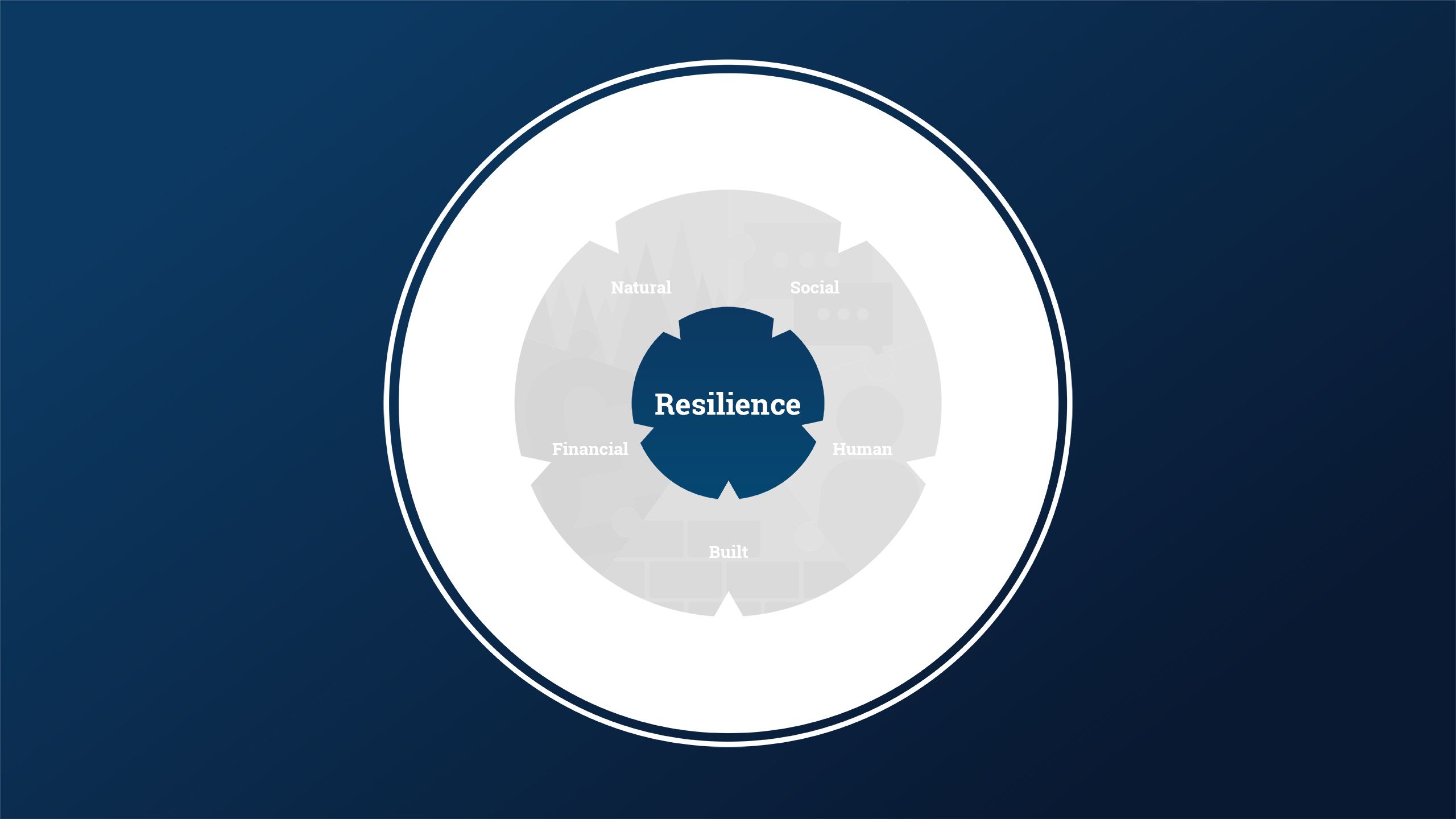
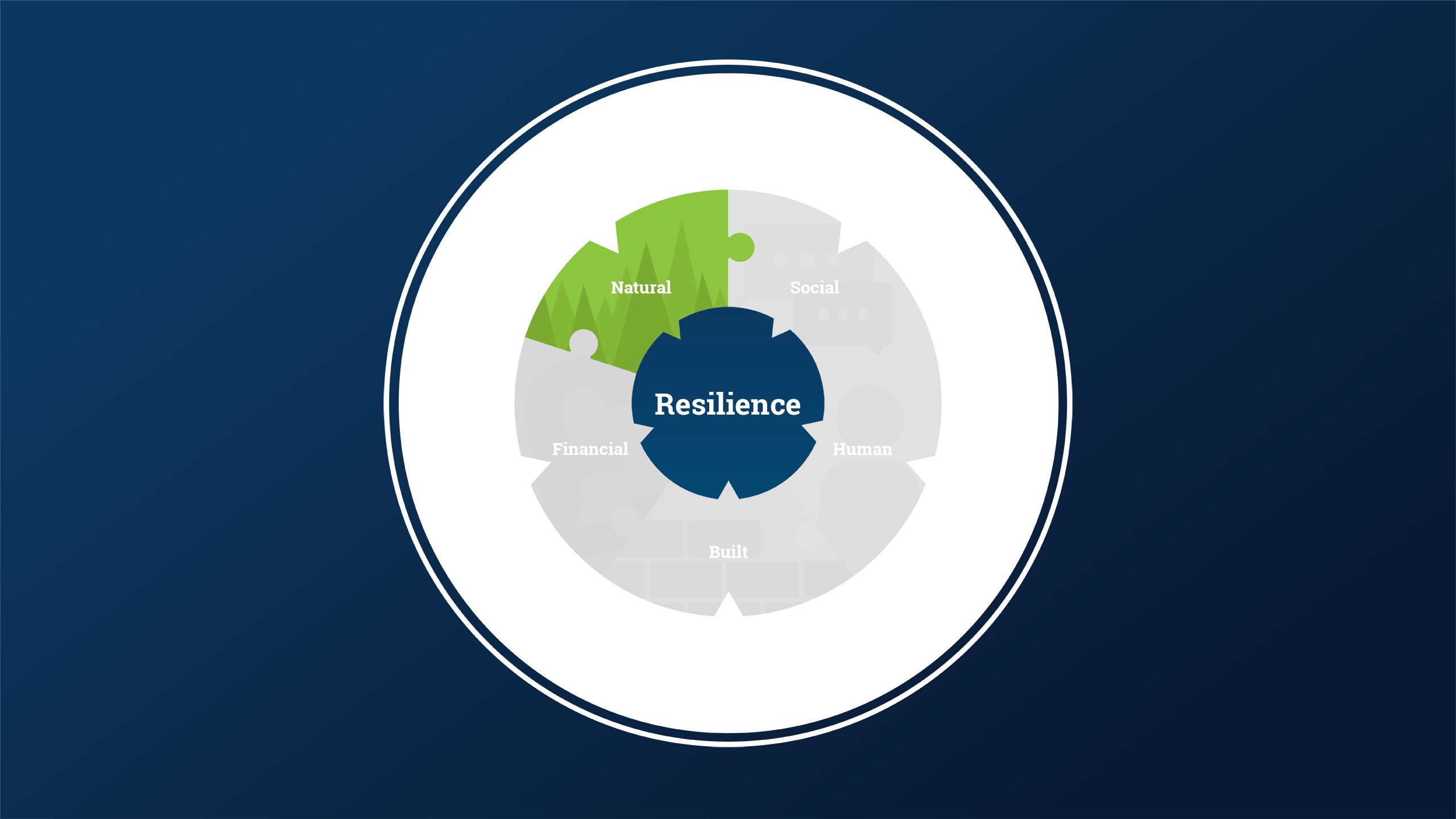



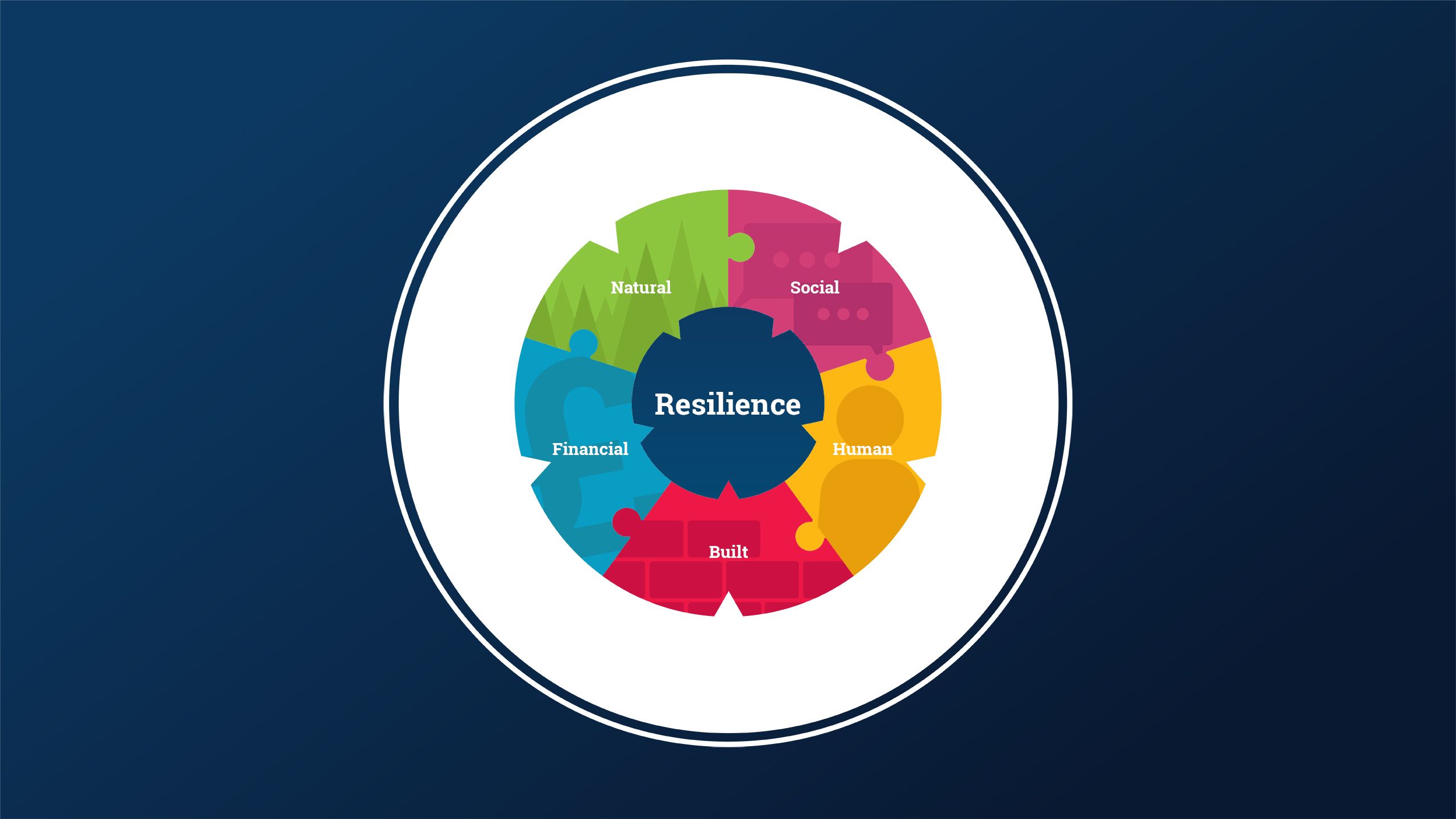
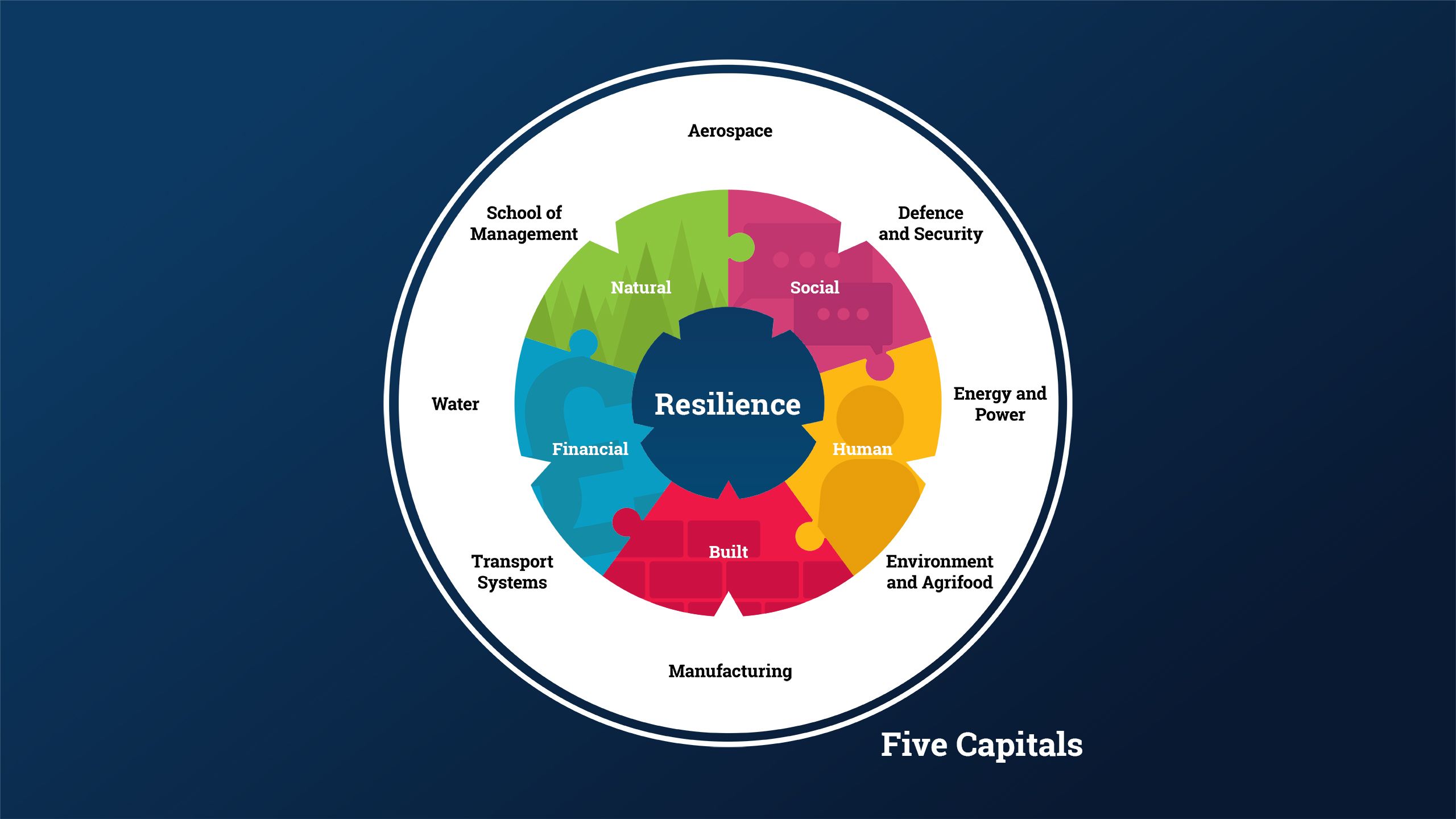
Resilience
Improving risk management and system governance
Although some attempts have been made to connect or at least locate these different concepts in relation to one another, a useful understanding of the full extent and nature of vulnerabilities and interdependencies which act as a precursor to improved risk management and system governance remain in their infancy.
Natural capital
How might we strengthen resilience in natural environments, ecosystems, and their components, such as biodiversity and soil health, to withstand and recover from disturbances?
Human capital
How might we develop and maintain the requisite knowledge, skills, behaviours and values in the face of external pressures and how we, at individual, community and organisational levels, make effective decisions in anticipation of and response to complex, dynamic and evolving nature of risks and threats?
Financial capital
How might we incentivise investments in resilience measures, quantify the return on investment and enhance the ability of an organization to maintain or access capital and liquidity in stressed conditions or withstand unexpected economic or financial shocks?
Social capital
How might we help communities, organisations, or society to cope with and recover from disruptions and grow cohesion, adaptive capacity, social capital, and the ability to mobilize resources, coordinate actions, and innovate in response to challenges?
Built capital
How might we design resilience into physical infrastructure (e.g., materials, transport system, storage, labour, energy availability), digital infrastructure (e.g., data and automated systems) and supply chains to withstand operational disruptions and minimize the impact on stakeholders?
Why Cranfield?
The Resilience and Security Institute is uniquely placed through its multi-domain, interdisciplinary resilience network; Aerospace, Defence and Security, Energy and Power, Environment and Agrifood, Manufacturing, Transport Systems, Water and School of Management to deliver leading thinking to improve the resilience of our society to acute or insidious, malicious or non-malicious threats.
Agenda
The objective of our strategic agenda is to collaborate and understand resilience to connected risks and our preparedness, particularly in relation to economic stability, security and prosperity, and public wellbeing.
We aim to synthesise an alternative framework for resilience, and hence preparedness, with a detailed ongoing programme to re-evaluate our resilience to identified threats.


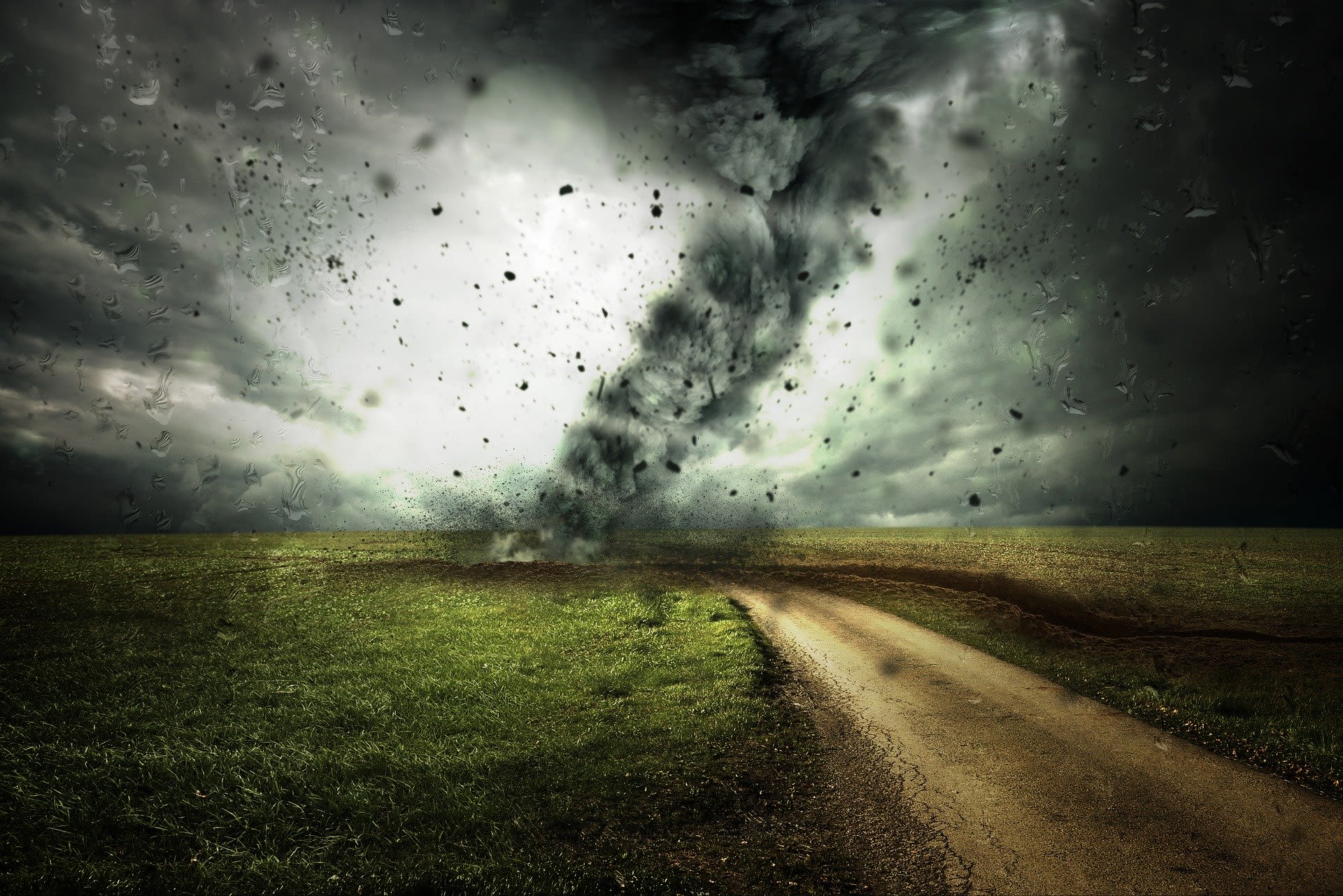
Assessing risk/forecast ‘events’
Society needs a better understanding of how to be able to assess and prioritise threats, including determining their frequency and likely locations. Including:
- Future threat classification/identification
- Signals and indicators of the onset of risks, including critical thresholds
- The network (cascade impact, interdependencies) of the risk
- The social view/impact (versus the reality/scale) of the risk
- Risk perception and communication (e.g. tiered approaches for different sectors/societal groups).

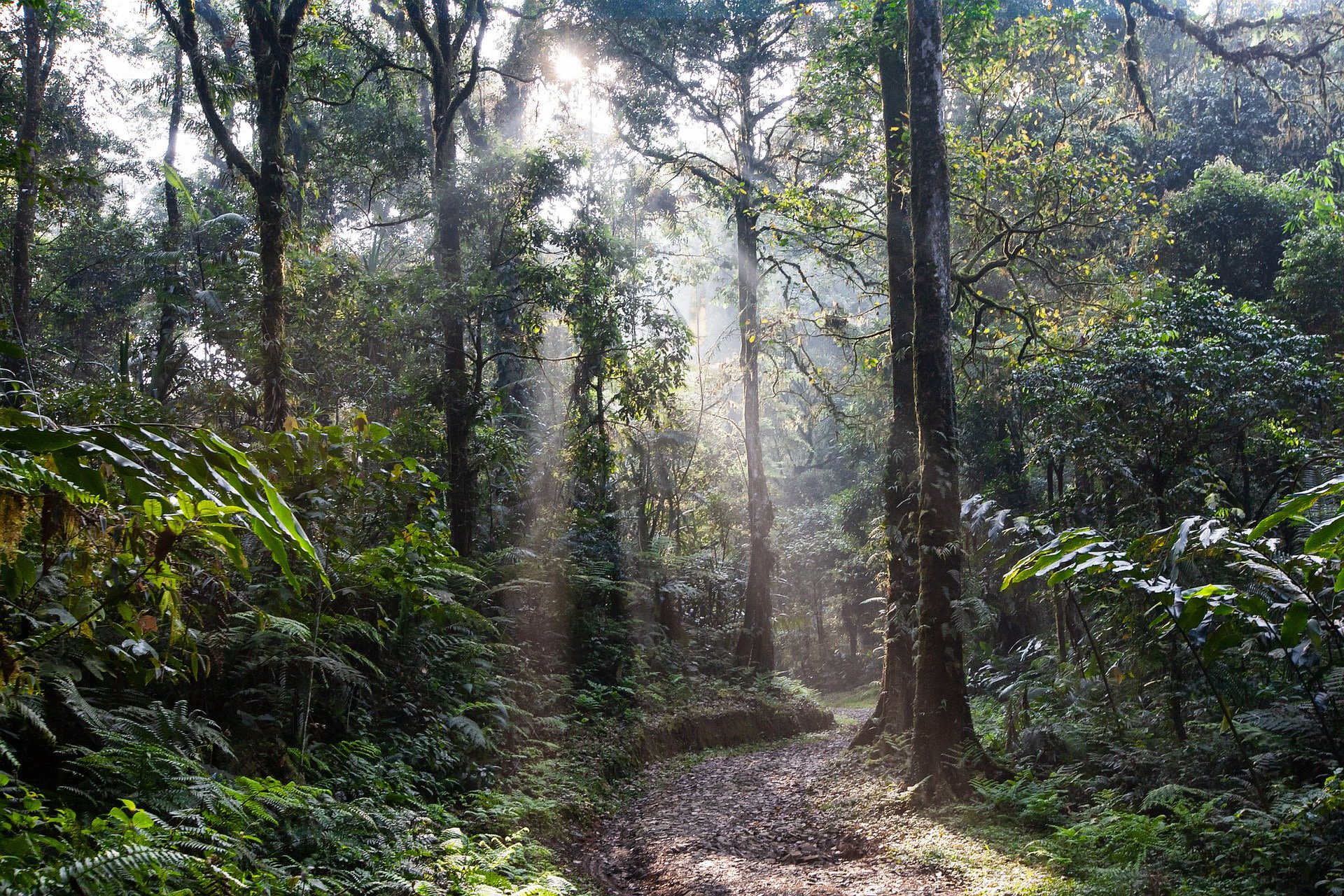
Managing the unexpected
This research will examine how both the governmental and non-governmental sectors can better contribute to managing the unexpected, including how to scale up response in short order via ‘stress testing’ using severe, plausible, and useful stress scenarios combined with behavioural science. We intend to use foresight, scenario techniques and modelling to understand risk and recovery and identify visions and roadmaps for mitigating risks and disruptive events.

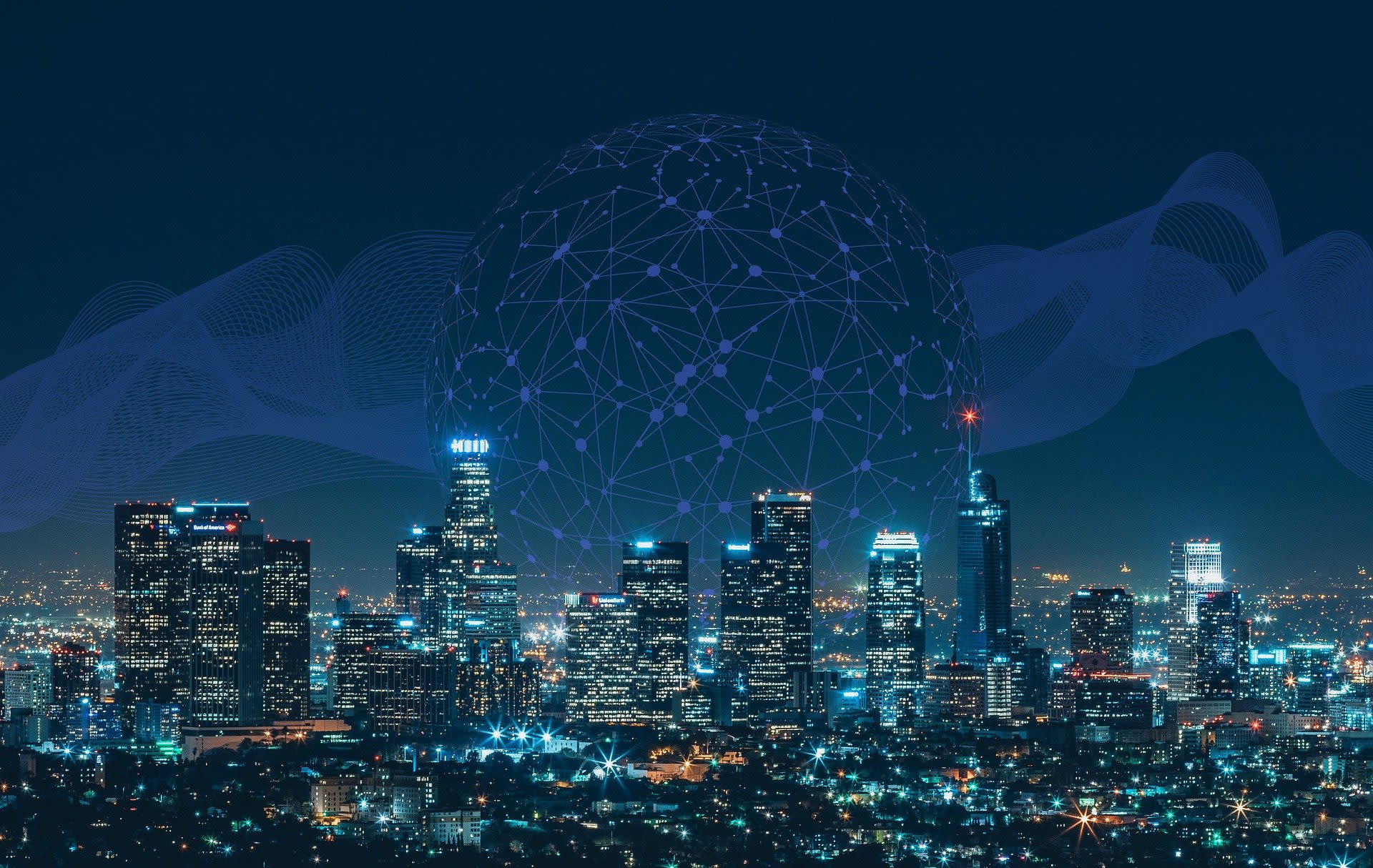
Systemic vulnerability
Through data science and analytics, we must anticipate, understand and model threats and optimise solutions to develop a greater understanding of what creates resilience. There is also a requirement to understand how to identify and characterise the risks within interconnected complex systems.


Resilience by design
The level of resilience, including recovery time and barriers and enablers should be considered. This work will examine specific physical properties of systems for systems engineering, materials research, infrastructure engineering and business models to design secure resilient systems to aid better planning and decision making.

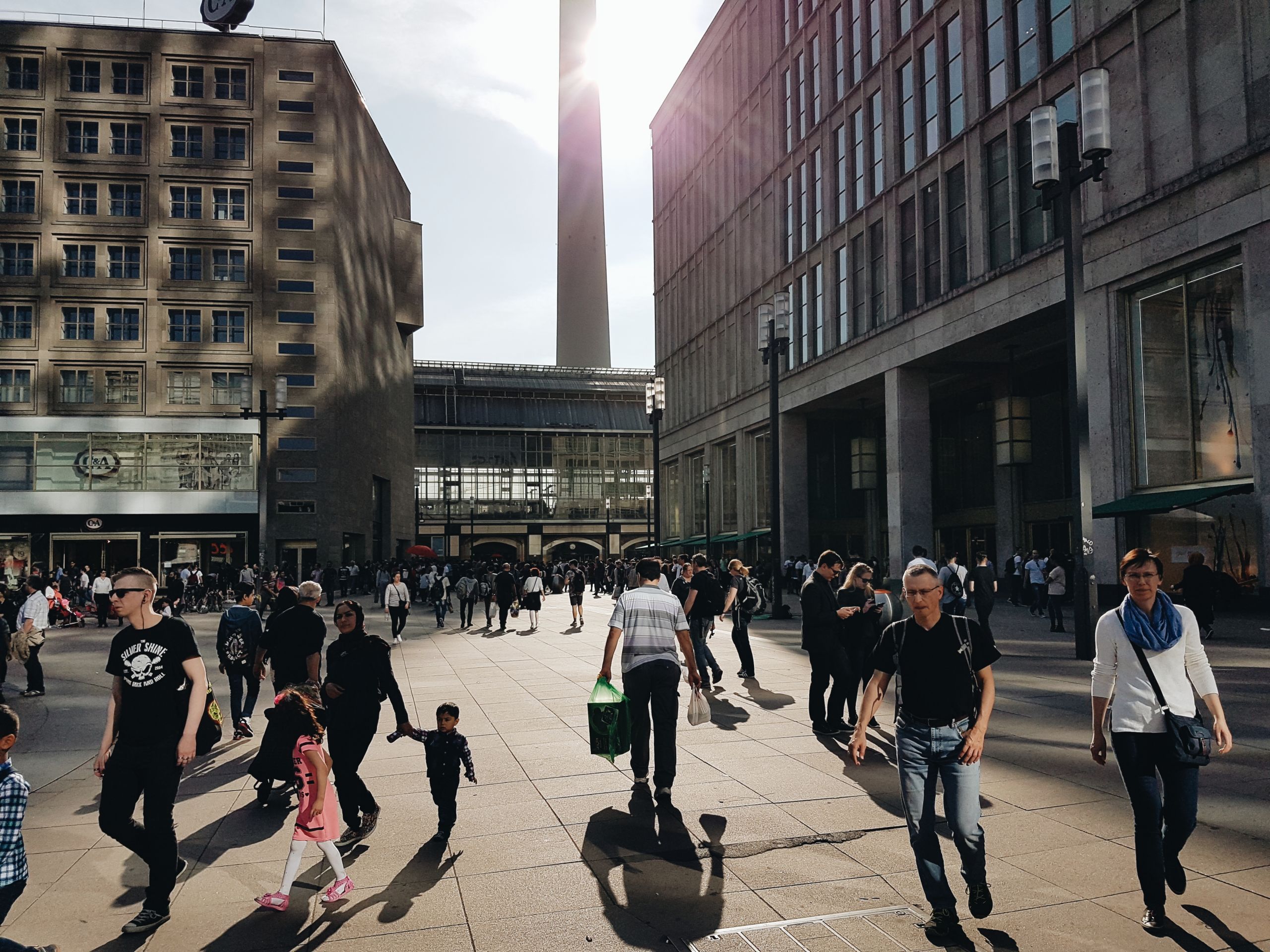
People and systems
We will undertake an examination of human capital (skills and aptitudes), social capital (institutions and communities), and built capital (everything from our cities to manufactured goods) play into complex systems. This includes approaches to build buffering capacity through investment across the five capitals.
Impact
It is proposed that by undertaking this research the Resilience and Security Institute will deliver the following outcomes:
• Allow policy makers and regulators to make informed decisions.
• Allow industry to undertake robust resilience planning.
• Act as a public source of information.
• Highlight potential areas of research and development.
• Act as a foundation with which to attract further research funding to explore areas of interest in more detail.
• Align resilience to the United Nations Sustainable Development Goals for Industry, innovation and infrastructure, as well as Sustainable Cities and Communities.
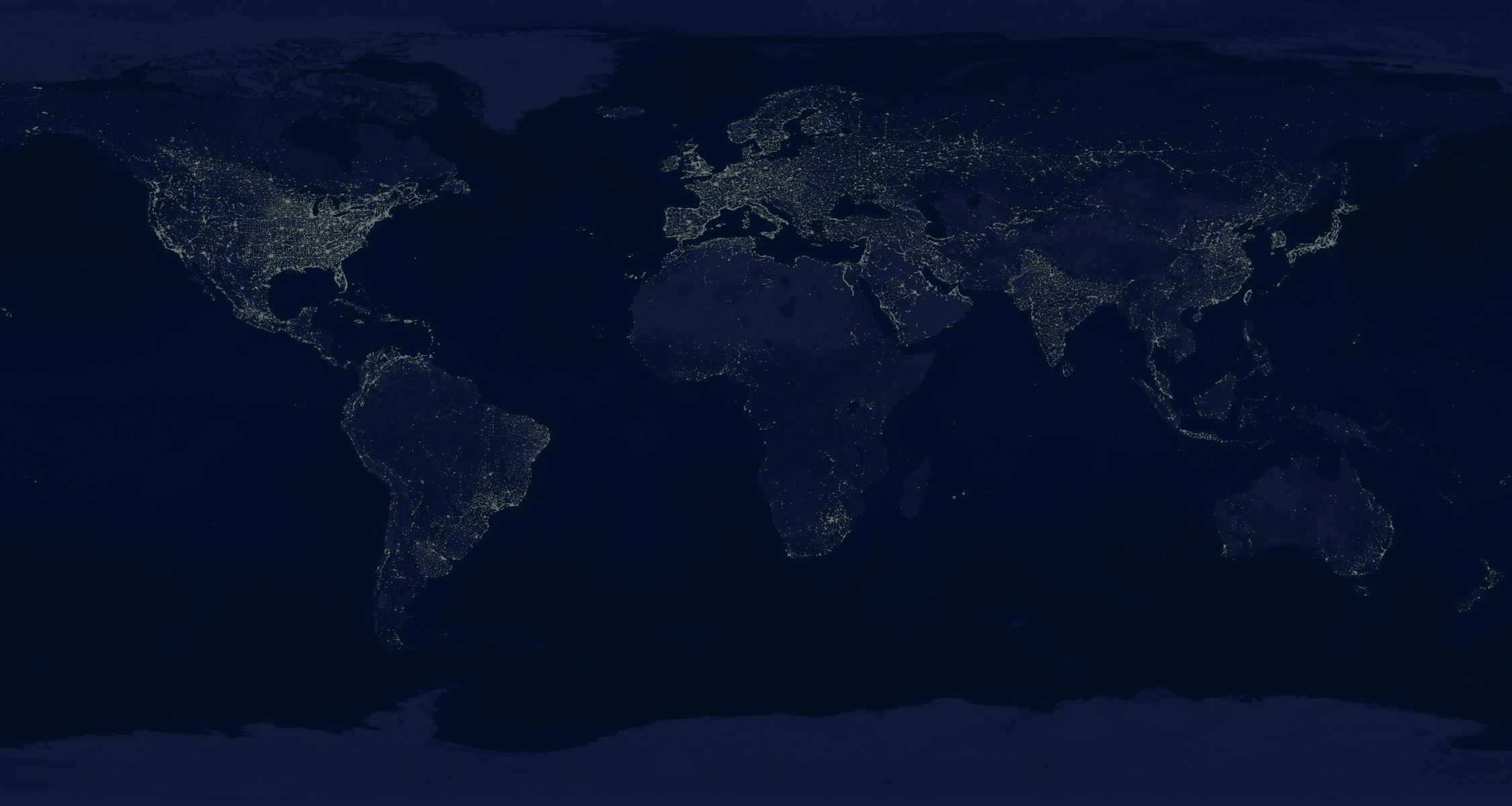
Media



Cranfield resilience opinion in the Financial Times
Resilience will be key to future crisis recovery
by Professor David Denyer
Professor Graham Braithwaite, Professor Jim Harris, Professor Paul Jeffrey, Dr Simon Harwood and Dr Simon Jude

Covid-19 was not a “black swan”. Similar events were widely predicted and listed as the nation’s biggest risk in 2017, so why were we not better prepared both to prevent it and recover from it? The lessons from Covid-19 must not only be learnt for responses and preparations for future pandemics (“MPs criticise UK’s handling of coronavirus pandemic”, May 19). They must be learnt for wider threats such as to our national security, our safety and of a potentially more overwhelming emergency ahead, that of climate change.
We believe that the UK should implement a new approach to quantifying risk, and improve our preparations and ability to recover from crises. This must include all “five capitals” — Natural, Human, Social, Built and Financial and their interdependencies and feedbacks — that make up the system in which we live.
This would involve a shift from simply classifying threats using a traditional risk-based probability versus consequence assessment, to a more detailed analysis including their interdependencies, social impact, cascade and recoverability through a new connected approach to resilience.
As we have seen with Covid-19, too often, investment in resilience measures are made during or after a crisis. If we are to build a more resilient nation it is vital we embrace a new approach.



Cranfield resilience opinion in Nature
Time to invest in Global Resilience
by Professor Jim Harris
Professor David Denyer, Professor Paul Jeffrey, Professor Graham Braithwaite, Dr Simon Harwood and Dr Simon Jude
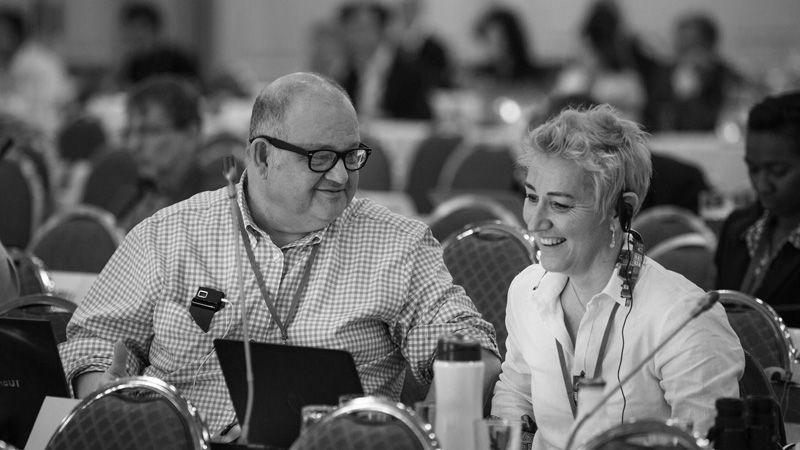
Investment in resilience is too frequently made only during or after a crisis — with the COVID‑19 pandemic being one of the latest examples. A different approach is becoming ever more urgent if we are to secure the resilience of our society and natural resources (see, for example, Nature 581, 119; 2020).
This approach must go beyond siloed strategies to include all five components of the system in which we live. These ‘five capitals’ are natural, human, social, built and financial, along with their interdependencies and feedbacks. They form a framework for sustainability, which will enable long-term planning for global resilience.
Such an approach would involve a shift from classifying the probability and consequence of known threats to addressing multiple hazards and recoverability. Emergent and interconnected issues, including adaptive capacity in organizations and critical infrastructure, must be actively managed. And we need to find ways to get company boards, governments and society in general to invest in resilience — even when there is not yet an economic argument for doing so (see also G. K. Marinov Nature 581, 262; 2020).
Long-term planning and investment can be guided by short-term emergency responses, effective adaptation to repeated shocks and proper preparation for unexpected events (H. Weise et al. Oikos 129, 445–456; 2020).


Resilience reports
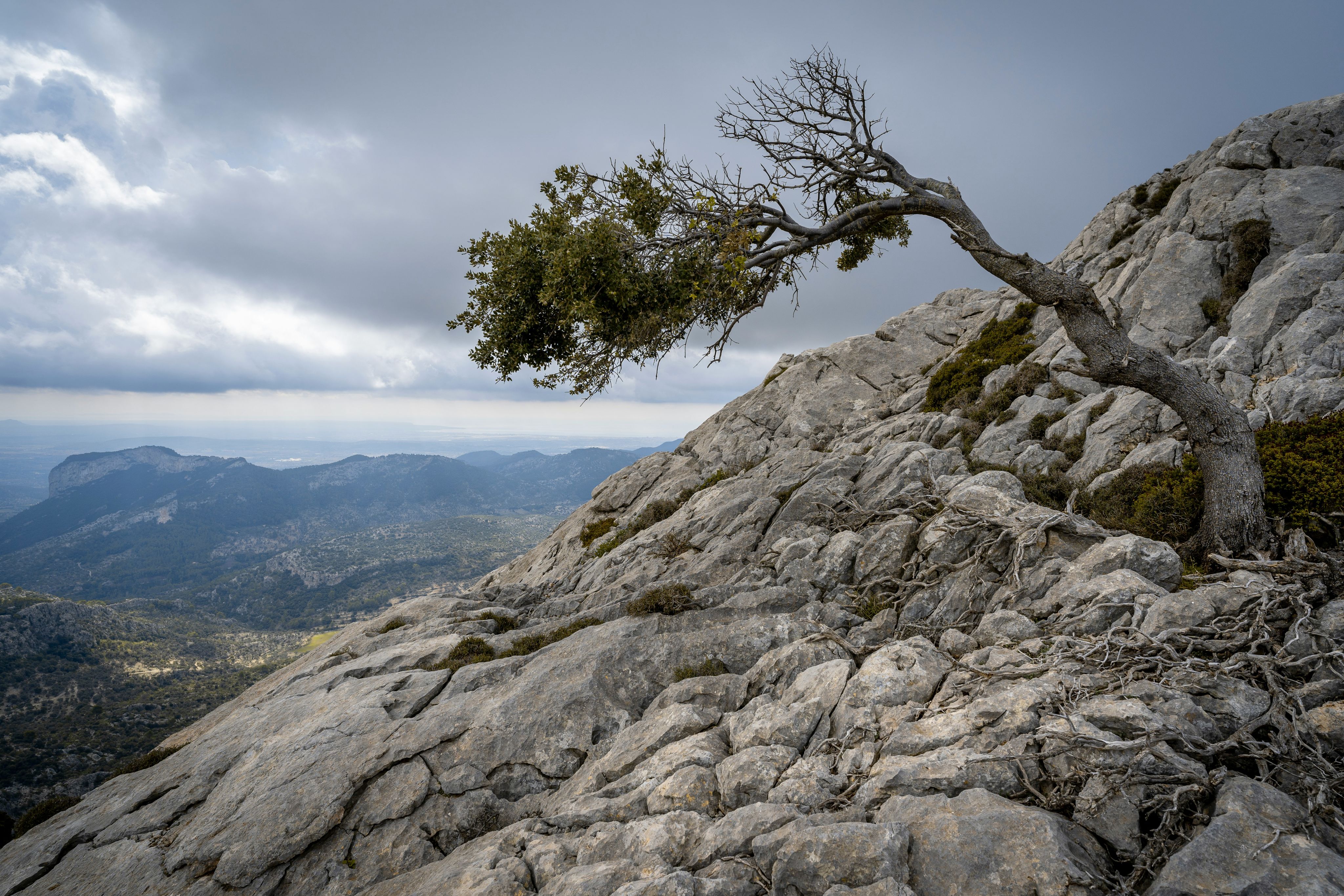
Resilience Reimagined: A practical guide for organisations
Resilience has been pushed firmly toward the top of the agenda for boards and senior management teams of organisations of all types. But how can resilience be developed? Who does it well, and what can we learn from them? What are the practical steps necessary to strengthen resilience for long-term success? As a leader, what more could you do to develop resilience for your organisation?
Resilience reimagined: a practical guide for organisations was produced by Cranfield University, in partnership with the National Preparedness Commission (NPC) and Deloitte. The report presents insights from business leaders from a range of sectors and makes seven recommendations for organisations on how to become more resilient, drawing on lessons from past 12 months.
Cranfield University’s Professor David Denyer and Mike Sutliff conducted in-depth interviews and four focus groups with more than 50 C-suite level people (boards, senior executives, policymakers, and resilience directors) from FTSE 100 companies, multi-nationals and major national infrastructure organisations, many of them household names.
The report warns we are entering a new period of uncertainty and change, with an ever-increasing possibility that things will go wrong. It sought answers from leading figures about how resilience can be developed, who does it well and what other businesses can learn from them.
It also outlines practical steps necessary to strengthen resilience for long-term success and makes recommendations to business leaders on what more they can do to help their organisations to develop the ability to cope.

Roundtable Discussion: Building Resilience in the UK’s Electromagnetic Environment
The Resilience and Security Institute at Cranfield University has teamed up with the Centre for Science and Policy at the University of Cambridge to host a roundtable on Building Resilience in the UK’s electromagnetic environment.
The work was supported by the Academic Resilience & Security Community (now rebranded as NSEC – the Network for Security Excellence and Collaboration) and the 2-day event was sponsored by Leonardo UK. The goal of the roundtable was to encourage the exchange of knowledge, insights and ideas among the participants coming from problem owners, policymakers, industry representatives, and researchers.
Modern systems, including critical national infrastructure, heavily rely on the electromagnetic environment and are interdependent. Changes in the electromagnetic environment, both due to natural causes (e.g. space weather) or malicious intent (e.g. jamming), can have damaging effects and could have huge implications on all sectors. Therefore, it is vital to build resilience in the UK’s electromagnetic environment. The concept of resilience describes the ability to anticipate, prepare, respond and learn.
The roundtable aimed at identifying risks, describing vulnerabilities, designing mitigation strategies and developing recovery plans. The round table discussion included experts from government, industry and academia to discuss the embedded challenges of the electromagnetic environment. This report combines the outputs of the workshop and divides them into identified threats & vulnerabilities and recommended solutions.
Sign up to download a copy of our reports
Resilience reimagined: a practical guide for organisations, and Building Resilience in the UK’s Electromagnetic Environment – and also receive updates from the Resilience and Security Institute at Cranfield University
The world’s grand challenges of resilience, sustainability and security attract good intentions and principles.
But real solutions can only come from working with the nuts and bolts, getting down to the details of what will work and what won’t.
This is what the Resilience and Security Institute at Cranfield does: making use of high levels of specialism and collaboration between different disciplines across technology and management; having the full knowledge and insights to look beyond surface issues and make the necessary choices.
The Resilience and Security Institute brings together experts from across the University to focus on how to make progress now.
We are calling for government organisations, industry and academia to engage with the Resilience and Security Institute for:
• Research collaborations, projects and sponsored PhD opportunities
• Award bearing and executive education solutions
• Advice on preparation and response to disruptive events
If you'd like to work with the Resilience and Security Institute, please contact Mike Sutliff
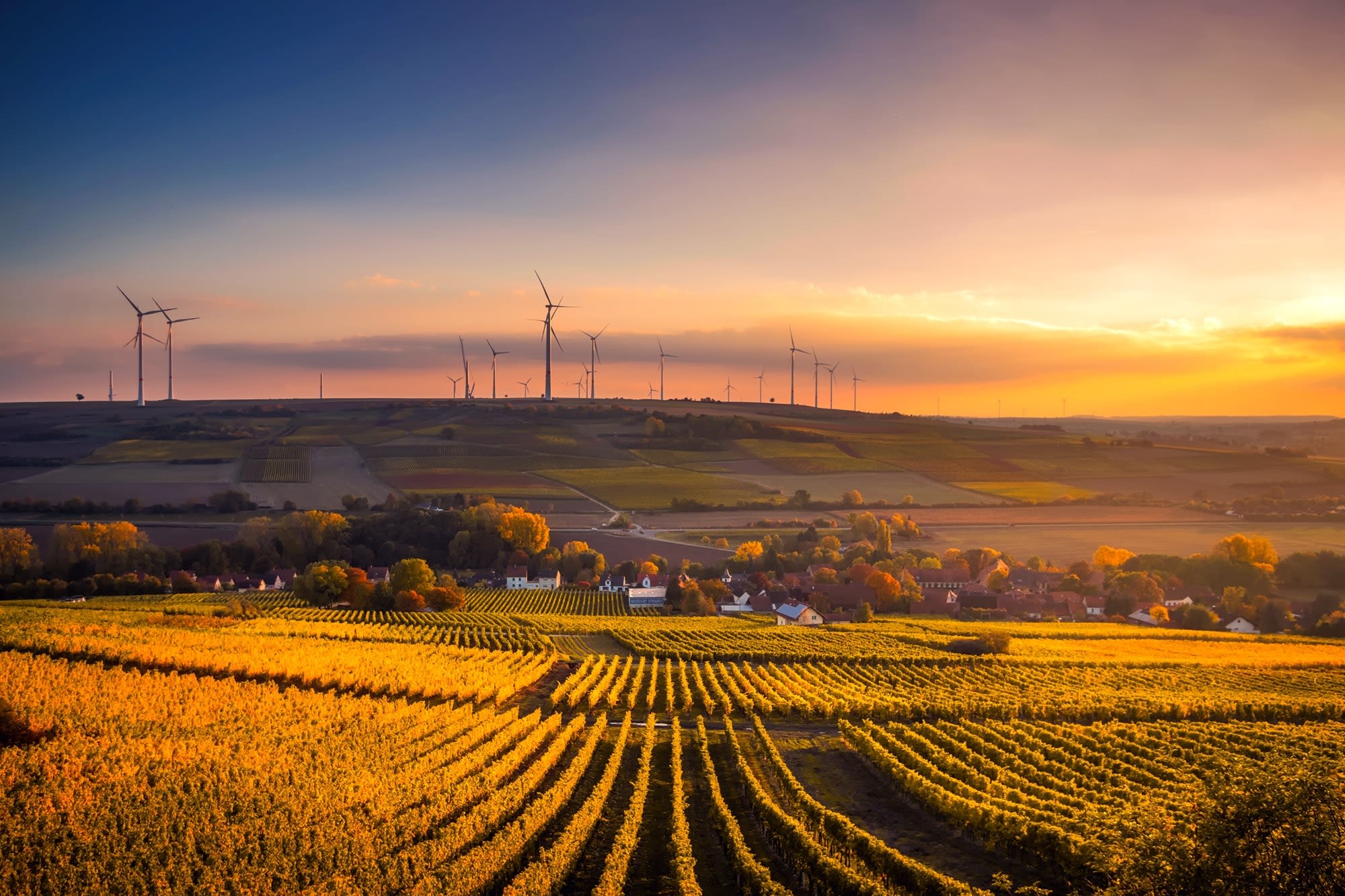

Cookies & Privacy
We use cookies when you visit this website to analyse the web traffic, to optimise the performance and content of the website and to promote trust and security. Cookies are small text files that are stored by your Internet browser on your computer. These cookies do not include any personal information, they are only used for the duration of your web session to improve your experience. Please visit our Privacy policy (link below) for data processing details.
